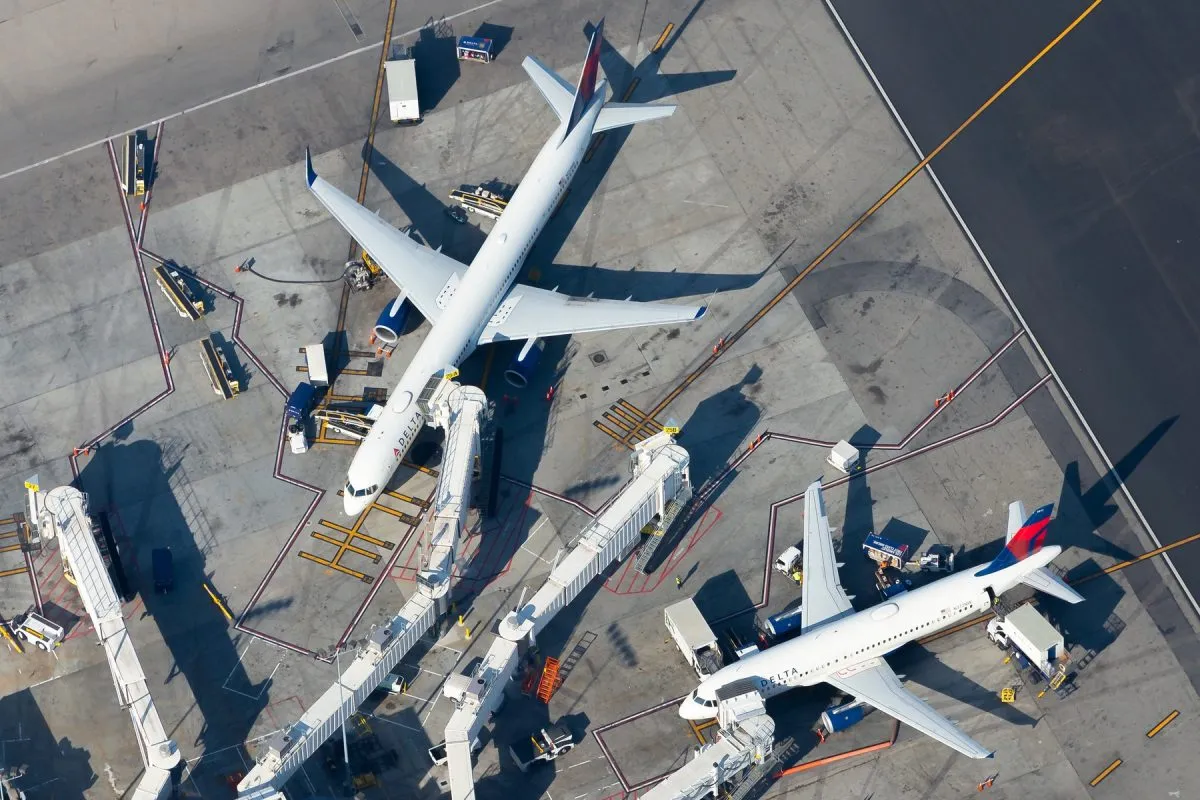Love of the hula drives Japanese visitors to Hawaii this season
Skift Take
Mitsuko Arase spent years earning the certification required to instruct young Japanese women how to perform the country's famous tea ceremonies.
It's a sign of the times that Arase now prefers to wear flowers in her hair and instruct young Japanese women in another spiritual practice, the ancient art of Hawaiian hula. Arase is so crazy about the dance form, which she has studied under kumu hula Charlene Campbell of Ewa Beach, that she has adopted a Hawaiian name, Awapuhi Ke'o Ke'o. She and her husband even purchased cemetery plots in Hawaii so they can spend eternity in paradise.
"I visited Hawaii and I fell in love with the people, the beautiful sky and ocean, the green vistas and with hula," said Arase, who is the kumu hula of the award-winning Japan-based Awapuhi Halau and has studied the dance for about 20 years. "I think that many people in Japan love hula."
While no one knows the actual number of hula practitioners in Japan, a 2004 study from Ikaros Publications Ltd. estimated that there were more than 250,600 hula students in Japan, who spent more than $195 million annually. And the number has since grown well beyond that, said Seiko Shimizu, who opened her Tokyo-based hula school, Halau Na Pua 'Ala Onaona, in 2002.
"I think there are now more like 500,000 hula dancers in Japan," said Shimizu, 40, as she looked up statistics from the latest hula catalog in her Ebisu studio.
"In Hawaii, everyone likes hula ... but this 500,000, they love, love, love, hula," she said.
Shimizu, who has studied hula for 17 years, speaks from experience. She spent 15 months in Hilo taking lessons from renowned kumu hula Johnny Lum Ho, who is known for his original style and compositions. Never mind that she had to leave her husband behind in Japan and temporarily uproot her then-6-month-old daughter, Shoko.
Lum Ho said he's been attracting students like Shimizu for decades and that hula's appeal in Japan just keeps growing.
"Seiko comes here regularly," he said. "She's got a sister halau with our halau. We have hundreds of students that come from Japan. They come during the Merrie Monarch Festival and watch the competition and take workshops. They come all year round."
Shimizu said she brings about 30 of her hula students to Hawaii each year.
"They take time off from their jobs. They take classes and buy hula goods and dresses and shoes and other items," Shimizu said. "They probably spend about $2,000 each in Hawaii."
The growing popularity of Hawaii and hula has allowed Shimizu to expand beyond Tokyo. In addition to her three Tokyo schools, she now offers classes in the Kanagawa and Kumamoto prefectures.
"When I started, I could have never guessed that hula would become so popular in Japan," she said. "I started with 10 students and now I have more than 200."
In addition to hula schools, students also learn at community centers and gyms, said Misuzu Aruga, vice president of MMJ Mauna Loa, which operates several Hawaiian--goods retail stores including a five-story department store in Ebisu.
"When you count all of that, the number of hula dancers actually could be somewhere between 600,000 and a million people," Aruga said. "Hula dancing is increasing more each year. You know how they have hot yoga, they even have hot hula here."
The popularity of hula and of all things Hawaiian has enabled MMJ Mauna Loa to open freestanding shops in Osaka, Kobe, Fukuoka and several more inside other retail outlets, she said.
"We're opening more shops in June and July," Aruga said.
While hula materials were the retailer's early focus, it has since expanded to include food and beverage items, other apparel, jewelry and household goods.
The quest for a Hawaiian-patterned throw cover for a sofa brought Ikuko Epa, 43, into the Ebisu shop. But, she's quick to point out that she knows others who are more into Hawaiiana than she is.
"Some people are really into Hawaii. For instance, my children's dentist is crazy about Hawaii," Epa said. "He's got his entire office decorated with Hawaiian goods and he wears aloha shirts. He even plays Hawaiian music."
(c)2012 The Honolulu Star-Advertiser. Distributed by MCT Information Services. ![]()




